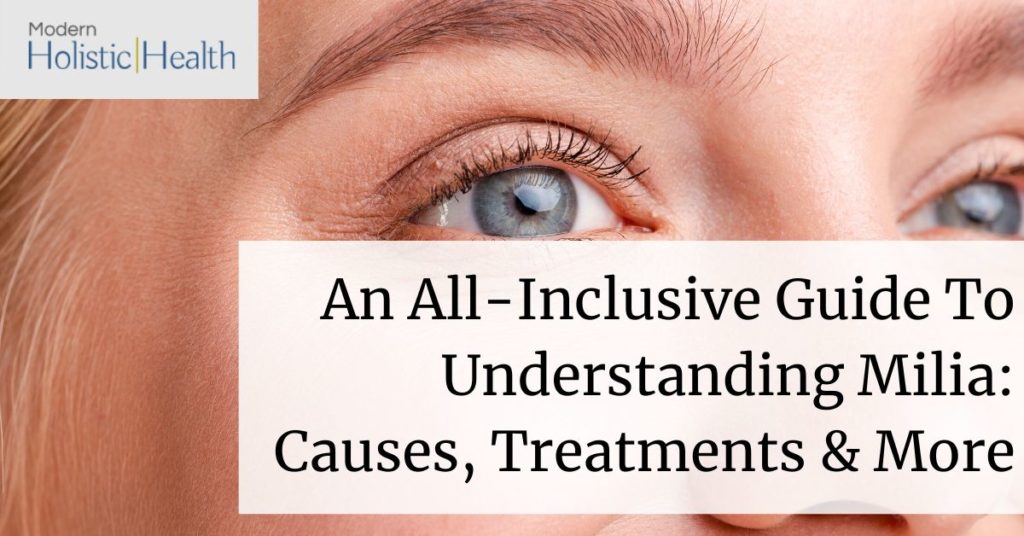Villanueva says it can also be caused by a lack of sleep, smoking, and poor personal hygiene habits. But chances are if you’ve developed milia, checking your skin care products for heavy ingredients that tend to clog pores is a wise first step.
Who gets them?
Even though milia is often associated with newborns, children and adults can develop it, too. Gender and ethnicity aren’t a concern here, but skin type can matter sometimes. “Milia can happen to just about anyone, but are more prevalent in those with chronically sun-damaged skin,” says Barr. She also says that those who suffer from acquitted or genetic skin conditions associated with blistering like epidermolysis bullosa may be at higher risk of developing milk spots.
If you don’t fall into either of those categories, but still develop milia, it may be due to a lack of hydration in the skin. Villanueva warns that dry skin doesn’t exfoliate adequately and can tend to be more prone to developing milia.









